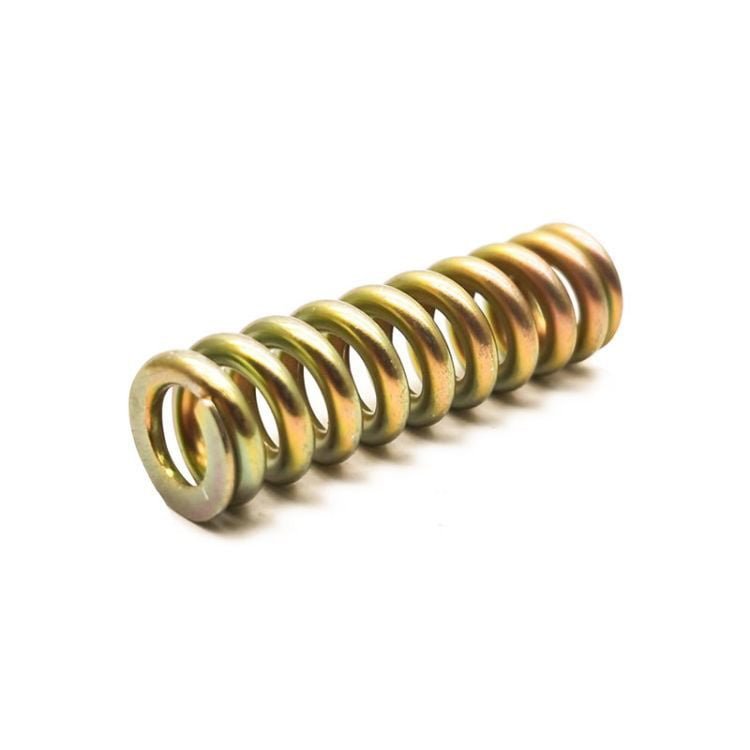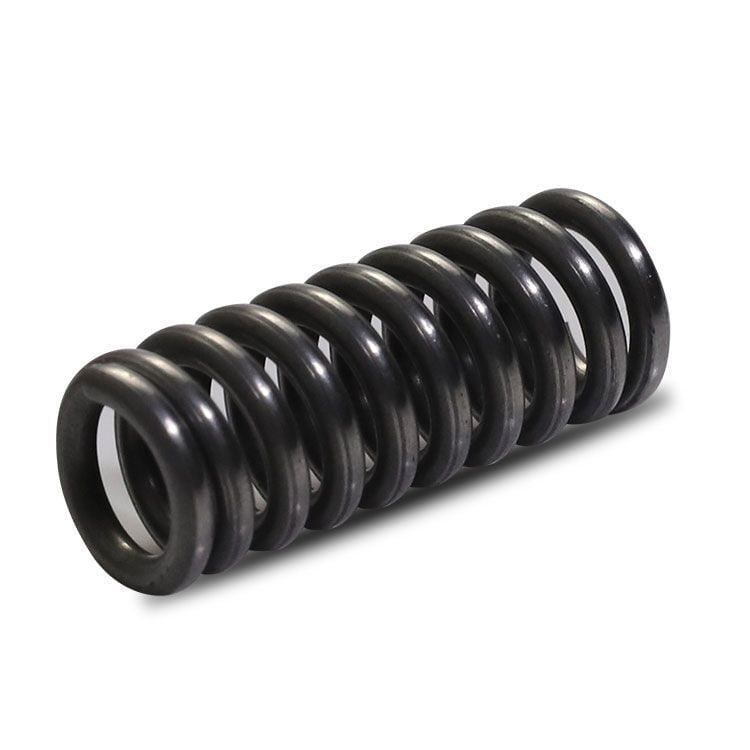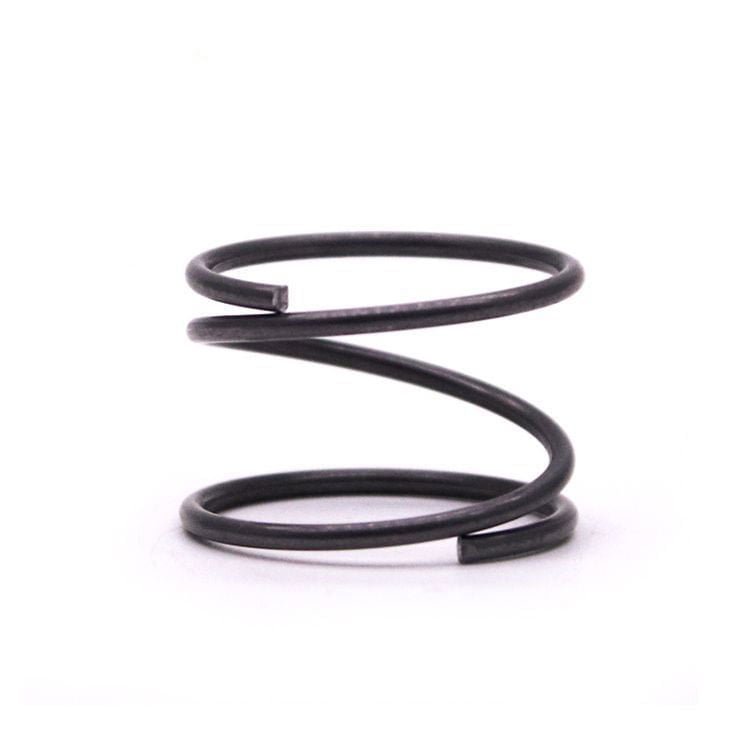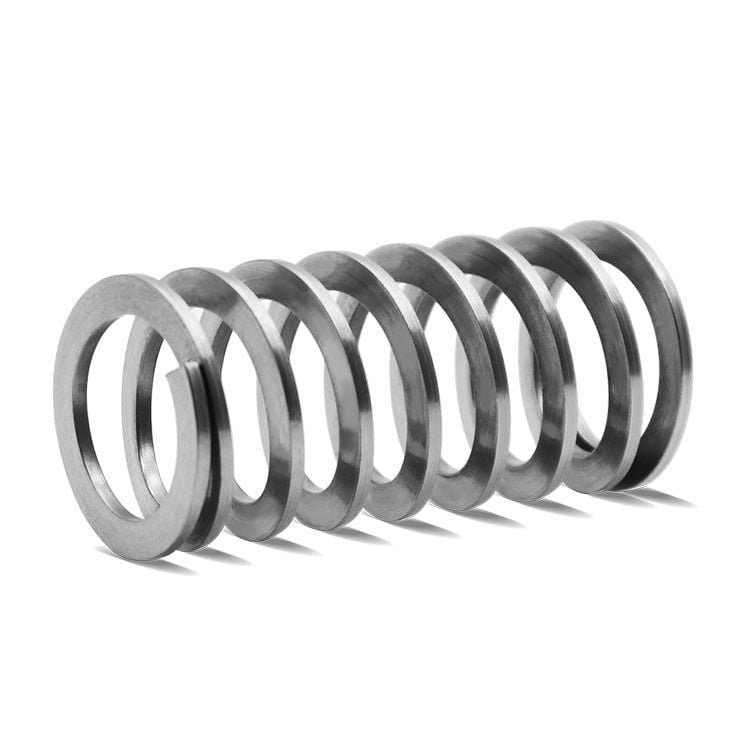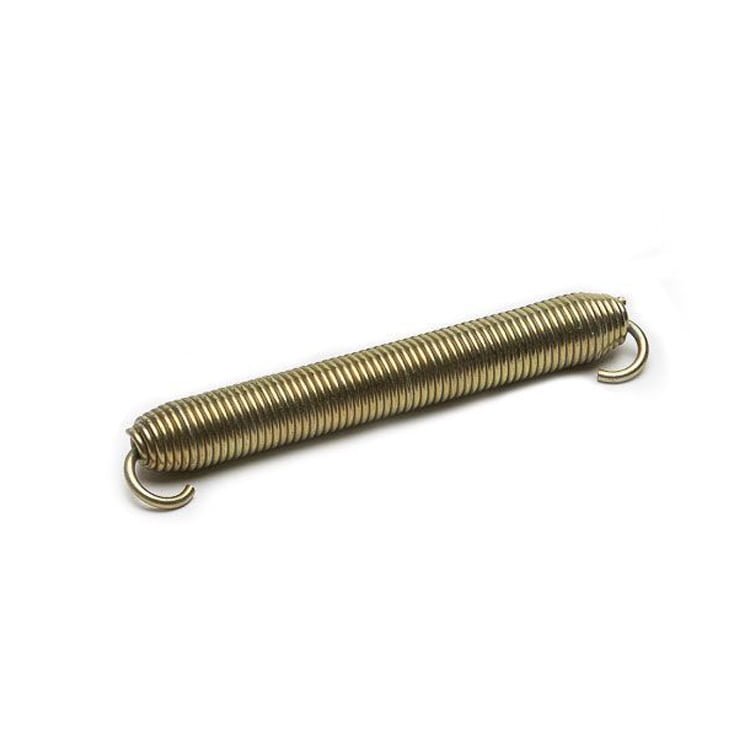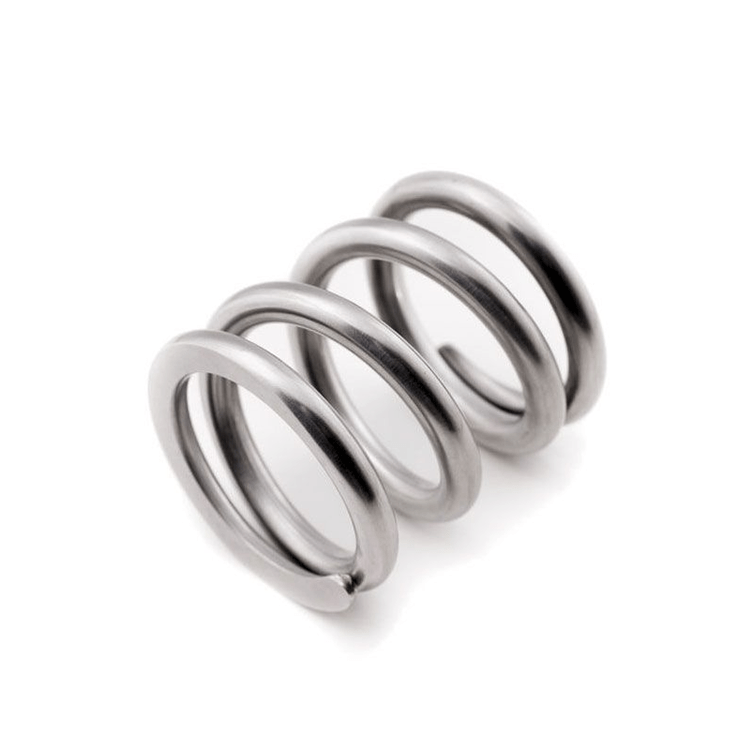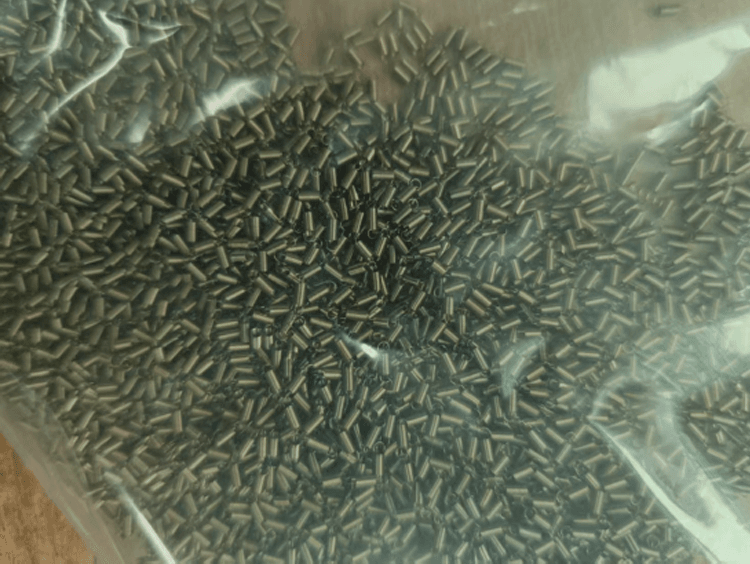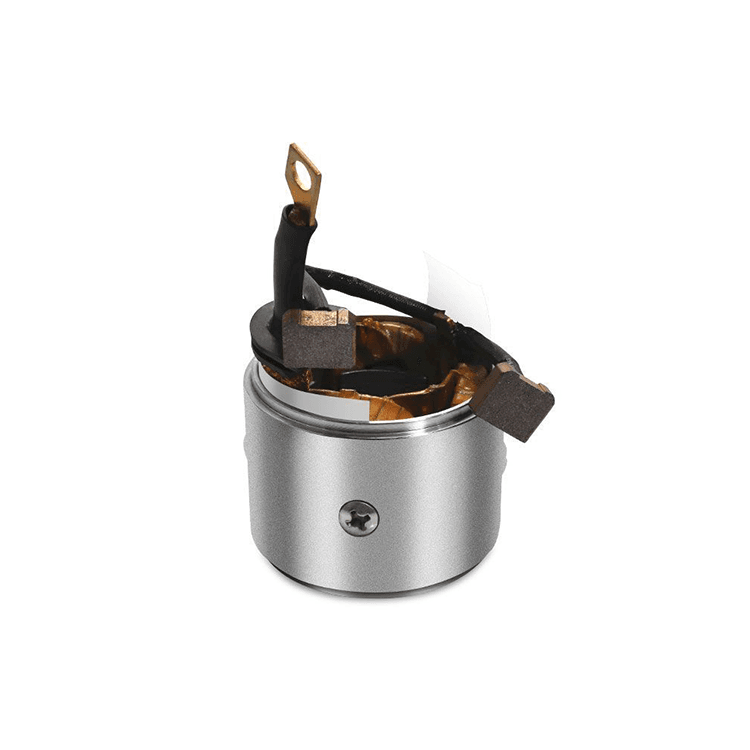Extension springs with hook ends
Extension springs with hook ends is one of the most commonly used springs in life, spring with hooks on both ends,and while many applications require a spring to reduce force and perform a pushing action, other applications require the spring to resist stretching by pulling itself back together. Extension springs with hook ends are essential for the construction of everything from trampolines and fitness equipment to garage doors. With 37 years of experience, we can design and manufacture a customized solution to your needs, making your application more stable and reliable no matter what type of stretch spring you need.
Coil spring with hooks is a spring that increases in length when stretched, and in addition, when stretched, these springs will bear a lot of tension.

Tension spring with hook is wound in such a way that there is an initial tension in the coil, which holds the coil tightly together. The tension spring will only begin to deflect when it is subjected to a load greater than the initial tension, and the force of the tension spring is linear except that the introduction of the initial tension must be overcome.
Basically the ends of these springs are connected to two different parts, so when you apply pressure to the parts from the opposite direction, the springs try to pull them back to their original position.
Most stretch springs are helical springs, usually made of spring steel. These types of springs have eyes or hooks at both ends. Hooks help hold both ends of the variant in place.
An extension springs with hook ends is a coil wound into a spiral shape and then tightly wound according to the application needs, again these springs can be divided into different types according to the use.
extension springs with hook ends can be divided into the following end types:
Machine and cross center hooks:
The most common type of stretch spring, these hooks are formed directly from the stretch spring and then wound over the center of the end of the spring.
Side hooks and extension hooks:
Relatively unknown springs, they are only useful in certain situations. These springs are also economical compared to cross-center hooks. The side hook forms a circle in the same plane as the outside diameter of the spring, and the last coil bends to form the side hook.
Double-ring no hook:
Double-ring stretch springs have two coils, and you may not find the gap between the other coils and the end of the wire. The extra coils on these springs are to increase strength and prevent breakage.
Our high quality extension springs with hook ends are suitable for a wide range of applications, the durable construction ensures the best retraction, while the smooth surface ensures long-lasting performance.
Widely used: stainless steel mechanical stretching spring can be used in indoor, curtains, cars, bicycles, machinery equipment, umbrellas, kettles, razors, tape recorders, repair toys, pliers, electrical appliances and so on.
Extension springs with hook ends undergo elastic deformation when they absorb tensile loads that cause the spring to extend in length, and like other springs, they primarily store and release energy by resisting the external tension applied to the end of the spring. This resistance stores energy and creates a force in the opposite direction of the spring’s stretching.
Thus, extension springs with hook ends with hooks are connected to parts that are far away from each other. Stretching releases stored energy, bringing the parts back together. By looking at stretched springs in consumer products such as trampolines, you can intuitively see this mechanical action. Under load, the stretching spring surrounds the perimeter of the trampoline and then creates a reaction force when unloaded, pushing the trampoline pad upward.








